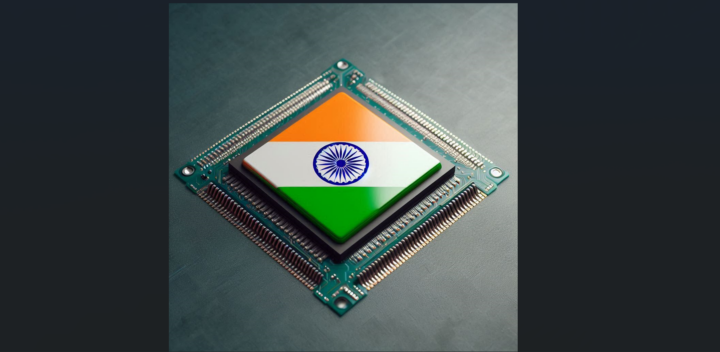Indian advertisers are concentrating on covering walled gardens, while Indian users are out there on the open Internet.
According to global advertising technology firm The Trade Desk and Kantar, almost 600 million users in India are now accessing the open Internet. However, digital ad spend on walled gardens far exceeds consumers’ time spent on the internet. The report says that Indians spend half of their time on the open internet, even though ad spend is 5.5 times higher on walled gardens.
A walled garden is a digital environment, which controls the what a user accesses within a network-based content and service. This means, the walled garden directs the user’s navigation within specific areas allowing access to selected material, preventing access to other material.
Read more: To the stars: Opportunities & limitations of the (modern) satellite Internet
Common examples of a walled garden include Apple’s App Store and Google’s Play Store, social media sites like Facebook, Instagram and Twitter, collaboration platforms like Microsoft Teams or Slack, and ad and marketing tech platforms like Google, Facebook, Apple, and Amazon.
The disconnect between consumer time spent and ad spend on the open internet demonstrates a significant opportunity for today’s marketers
Tejinder Gill, General Manager, India, The Trade Desk
“Some of the best content we enjoy comes from the open internet, and almost all of this is funded by advertising. The disconnect between consumer time spent and ad spend on the open internet demonstrates a significant opportunity for today’s marketers,” said Tejinder Gill, General Manager, India, The Trade Desk.
Open Internet, an Open Field
Also, consumers perceive brands that advertise on the open internet to be more premium. As such, they are 33% more likely to agree that ads on OTT/CTV are more premium than those on YouTube. Brands are also experiencing better ad recall on the open internet, with consumers 19% more likely to find ads on news, websites, and blogs less intrusive than social media.
The research further highlights a clear preference for Hindi and local language content, which is fueling the adoption of the open internet. These outperform Western content, with Hindi content (77%) dominating amongst OTT/CTV viewers, followed by local languages (52%) and Western content (50%).
The open internet channels are leading the growth of digital media usage in India. From watching OTT to playing online games, Indians’ digital media consumption spikes from 7 p.m. to 12 a.m – 40% of daily OTT viewing occurs between 7 p.m. and 12 a.m., the largest proportion of any other media channel.
Esports: A New Ad Slot
Another wide slot for advertisers to leverage has been esports. Over the last few years, India has become the hub for esports. As per the FICCI-EY Media and Entertainment Report 2022, esports players in India doubled from 300,000 in 2020 to 600,000 in 2021.
The country’s esports industry is growing at a CAGR of 46% and is expected to reach INR 11 billion by 2025. The gaming segment is also expected to generate an economic value of around INR100 billion between now and FY2025. A bonanza for advertisers.
Businesses Want to Know the User
Meanwhile, businesses with digital products are growing eager to know the digital consumer better. In May, UserTesting, an experience research and insights platform found that interest in human insights, continues to grow as more companies see the value in knowing how their customers use and interact with their digital products and experiences.
Read more: The Importance of advertising for the healthtech industry
In fact, 40% of respondents claim that budgets have increased. Additionally, 80% of respondents reported that their executives are increasingly prioritizing and investing in customer experience.
“In today’s macro economic climate, customer attitudes and behaviours are changing rapidly, and companies need to be able to understand and adapt their products and experiences to address the changing consumer sentiment. Having access to experience research and insights is imperative to an organization’s success,” said Dana Bishop, Vice President of Experience Research Strategy at UserTesting.












